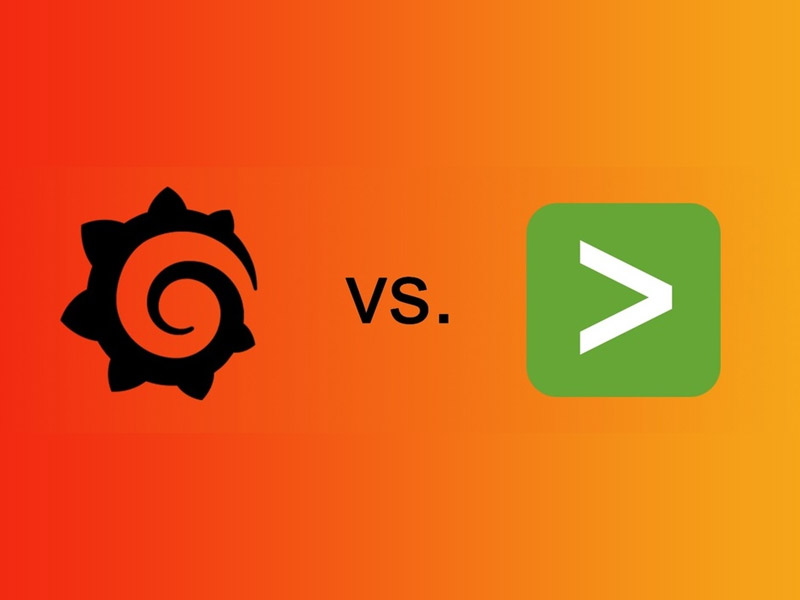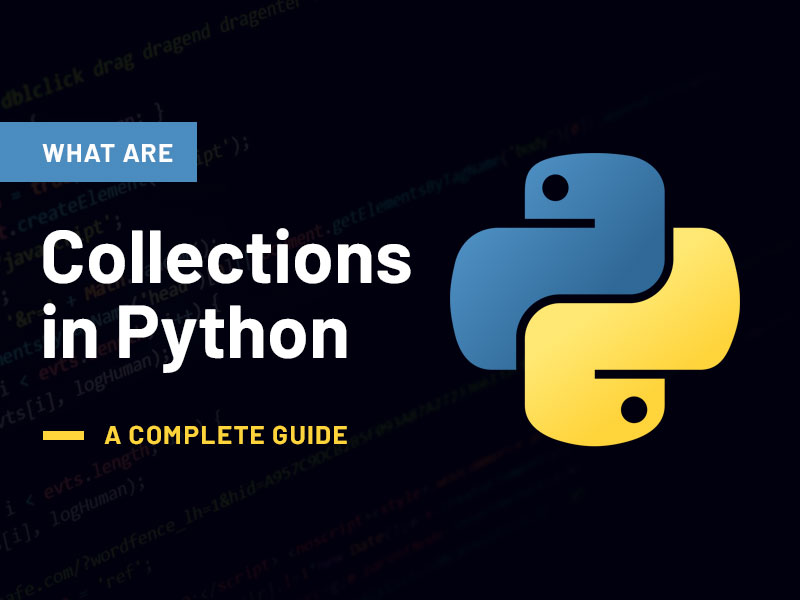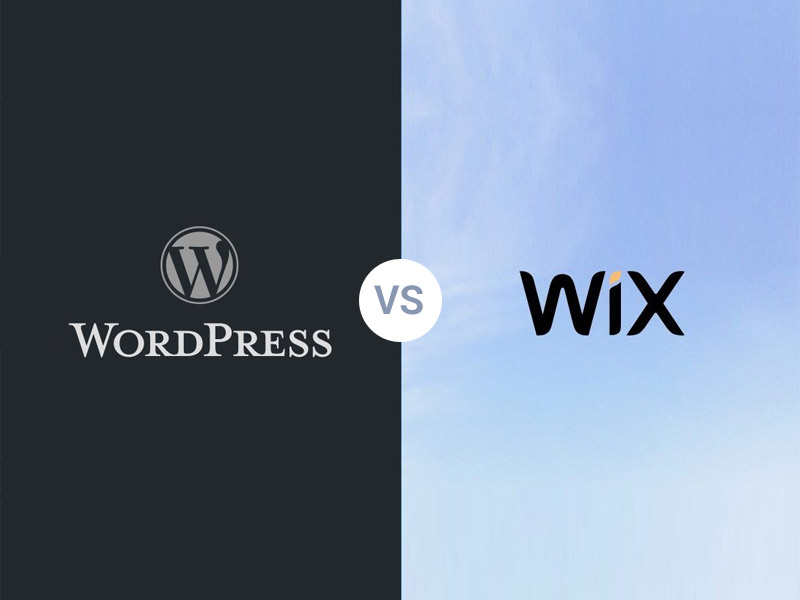Two popular monitoring tools are Splunk and Grafana. Splunk is a system for company security and visibility, whereas Grafana is mostly used for data visualization. Any company serious about keeping tabs on its IT infrastructure needs tools for monitoring. They supply information that can be utilized to detect and fix issues in real time. Among the many available monitoring technologies, Grafana and Splunk stand out.
Which one, then, would be more beneficial to your company? Features, price, accepted data sources, and many more will be compared between Grafana and Splunk in this post.
What is Splunk?
With Splunk, data can be retrieved, indexed, and analyzed, and it is a log analysis platform. This data can originate from a wide variety of sources, such as messaging systems, files, networks, and more. No matter the source of your data, Splunk can automatically standardize and extract data from it, making it an excellent tool for data analysis and pattern identification. You can also have a great idea about these with good Grafana vs Splunk training. You should come away from this with a solid notion of which tool would work better for your company.
Features:
- Among Splunk’s most important parts are the indexer, search head, and forwarder.
- Data is pushed to a distant indexer by the forwarder. The indexer is in charge of indexing and handling all search queries.
- It is possible to integrate these three parts through the search head, which is the front-end online interface.
In addition to real-time data searching and analysis, Splunk also offers pre-built visuals to facilitate the rapid creation of informative dashboards.
What is Grafana?
Built to facilitate the creation of dynamic dashboards as well as charts, Grafana is an open-source, powerful tool for displaying information and monitoring. Periodic databases like QuestDB or InfluxDB are among the many data sources that may be monitored and visualized with its help. Many individuals use Grafana for architecture and system monitoring because of its ability to display data in real-time.
Features:
- In order to set up notifications or alerts depending on certain conditions and criteria, it enables users to see trends and patterns in their own data.
- System and infrastructure problems can be easily located with its help, making it a favorite among DevOps as well as SRE teams.
- Along with the company’s flexible data monitoring features, Grafana also offers an API for dashboard creation and management.
- Permits businesses to track massive volumes of time-series data as it happens.
Compare the Key Features of Grafana and Splunk
Gathering and Ingesting Data:
Although both Splunk and Grafana can collect and analyze data, their features as well as approaches to data input are distinct.
Gathering and storing massive volumes of data from a variety of sources is made easy with Splunk, an integrated log management solution. This information is saved in an index and can be examined with the help of Splunk’s robust search language.
According to Splunk’s official documentation, the data type of source is the determining factor in data collecting. These are the ways that Splunk gathers information.
- The ingest REST API’s /events and /metrics endpoints are used by the ingest services to gather JSON items.
- Data collection from the Splunk forwarder is handled by the forwarder service.
- DSPHtpEventCollector is a data source for Syslog as well as HTTP clients.
- DSP Gather connectors that can retrieve information from a wide variety of sources, including Azure, Amazon S3, Amazon CloudWatch, and more. The collectors gather information by means of scheduled jobs.
- Data sources like Google Cloud Pub/Sub, Apache Pulsar, Apache Kafka, and others are ingested by steaming connections. The sources constantly emit data, which these connectors receive.
The open-source data visualization as well as tracking software Grafana is available simultaneously. Its primary function is to offer visual depictions of measurements. It can access data from many sources using a query language similar to SQL, and it is able to link to InfluxDB, Elasticsearch, Prometheus, and more.
Grafana gathers data from particular sources and displays it visually, but Splunk is more flexible and intended to serve as a repository for every piece of data.
Visualizing Data:
With their respective sets of visualization features, Kibana & Grafana are both excellent options.
The amount of bandwidth needed to set up the dashboards as well as panels in Grafana depends on the metrics you want to display. By choosing a data source before merging panels from other sources, you may construct a robust dashboard.
You can change the layout, graphics, colors, and more of your Splunk dashboards using the dashboard studios that Splunk provides.
Alerts and Reminders:
You can set circumstances and thresholds to generate alerts with Splunk’s powerful alerting features. The built-in alert manager enables users to handle and monitor many sources of notifications in one place. Alerts can be issued through various channels, including Slack, PagerDuty, ServiceNow, SMS, and email.
For continuous monitoring and notifications, Grafana comes with an integrated alert management. Several notification channels, including email, Slack, etc., can be set up to send alerts depending on circumstances and criteria. The ability to build alerting rules at the dashboard’s panel level in Grafana simplifies the setup and management of alerts for individual data sets.
Splunk and Grafana both have powerful features, but Grafana gives you finer control over alert rules on a panel level whereas Splunk has better alert handling and tracking.
Advantages and Disadvantages
Perks of Splunk:
- Data Security: In the event of a technical issue, Splunk’s several copies of the index provide enhanced data safety.
- High-End Options: Splunk is able to handle massive data collections and offers sophisticated analytics.
- Security: Compared to Grafana, Splunk’s security features—which include data encryption, authentication, as well as access control—are stronger because Splunk is a commercial program.
Cons of Splunk:
- Quite pricey: Since Splunk is commercially enterprise-grade software, its implementation can be quite costly for numerous enterprises.
- Challenges with learning: New users sometimes find it difficult to get up to speed with Splunk, despite the tool’s strong capabilities.
Pros of Grafana:
- Source Code: Grafana is freely available to everybody because it is a project that is open-source.
- The GNU License: The fact that Grafana does not necessitate any sort of license provides an economical choice for organizations looking for a monitoring solution.
- Engagement: Members of the Grafana community, both developers and users alike, are always there to lend a hand and share stories.
Cons of Grafana:
- Storage Space Constraints: In contrast, Grafana’s small data storage capacity may prove a dealbreaker for businesses dealing with massive data sets.
Scalability
Whenever it comes to scaling, these two monitoring technologies use distinct approaches:
Splunk is incredibly scalable since it is designed on a distributed architecture that allows it to handle massive volumes of data and index it over multiple nodes.
With its design, Splunk is capable of horizontally scaling by adding additional nodes to a cluster while effortlessly handling petabytes of data.
In contrast, Grafana’s extensible design and pluggable architecture make it possible to connect to a wide variety of sources of data and expand its capabilities at will.
Adding additional servers allows Grafana’s plug-in architecture to scale.
When comparing Splunk vs Grafana, the former is typically more scalable, particularly for enterprises dealing with massive amounts of data.
Compare and contrast Grafana with Splunk
Splunk is an excellent option if you need a system that can handle a wide variety of info and logs, as well as analyze and display them visually. An excellent log aggregator, Splunk can gather and index information from a wide variety of sources. You can easily find and analyze data from every format or source with its extensive search and filter features. It has strong security and notifications management capabilities in addition to a comprehensive search engine that allows for advanced processing of information and analytics.
Organizations of all sizes dealing with massive amounts of log data and in need of powerful security and notification management capabilities will find Splunk to be an ideal solution for their data analysis needs.
It should be noted that Splunk’s tremendous functionality do come with a hefty price tag for license and upkeep. It takes a lot of knowledge and resources to set up Splunk for massive log intake. Strategic planning is required to avoid needless spending because the pricing mechanism is based on the amount of indexed data.
Grafana is a great option if you value thorough monitoring and practical insights from your apps as well as services. For efficient tracking of key indicators of performance (KPIs), it stands out as a top choice thanks to its excellent data visualization skills and continuous surveillance tools.
Data that is accumulated over a period of time, or time-series data, is very well-managed by Grafana. It provides raw points of data in a sequential fashion with a variety of instructive and easily understandable visual features. It allows for an interactive and dynamic way to monitor key performance indicators (KPIs) in real-time using visualizations that cover a wide range of panel kinds and displays.
Also, Grafana is well-known for being an affordable, powerful, intuitive, and easy-to-deploy open-source platform. It comes with multiple options for deployment to accommodate various situations and demands. Note that Grafana can’t store data, and when compared to Splunk, it doesn’t have nearly as many functions or give nearly as much security.
Conclusion
If you require a flexible platform for managing and analyzing large amounts of data, go with Splunk. If you need to dynamically visualize and monitor data from time series, go with Grafana.







